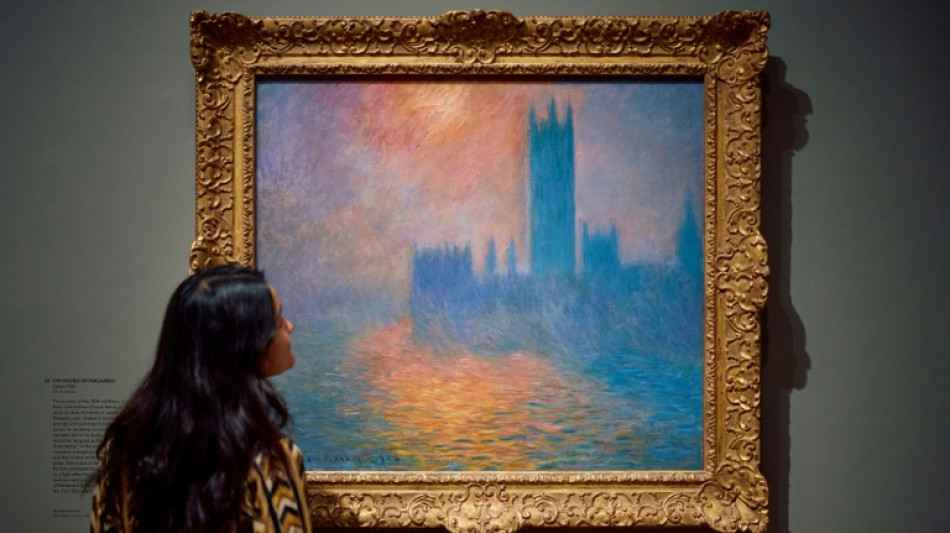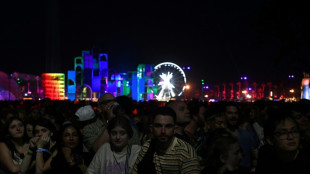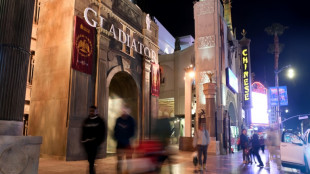

Monet's odes to London's 'beautiful' smog appear in city
Claude Monet was enchanted by the mysterious light generated by London's famous "smog", and the city he loved is now hosting a new exhibition recognising his strange fascination with the industrial pollution.
"Monet and London. Views of the Thames" opening Friday will be the first time his paintings of the Houses of Parliament and the River Thames go on show in the city, as he had wished 120 years ago.
The French Impressionist painter made three visits to London, for several months at a time, between 1899 and 1901.
The city was then the most populated city in the world and a major industrial centre, its air often thick with pollution.
He stayed in the Savoy Hotel, from where he had a breathtaking view of the Waterloo and Charing Cross bridges.
To paint the Palace of Westminster -- the UK parliament -- he crossed the river and set up his easel on a terrace of St Thomas' Hospital, which is still in use today.
"Every day, I find London more beautiful to paint," the artist wrote to his stepdaughter in 1900.
In a letter to his wife, he wrote of the ever-changing weather and its transformative effects on the Thames.
"You wouldn't believe the amazing effects I have seen in the nearly two months that I have been constantly looking at the River Thames," he wrote.
He told a US journalist in 1901 that "London is the more interesting that it is harder to paint.
"The fog assumes all sorts of colours; there are black, brown, yellow, green, purple fogs," he added.
In one painting, the outline of Charing Cross Bridge can just be seen against a yellow haze, probably caused by sulphur emissions.
The painting was given to Winston Churchill in 1949 by his literary agent, accompanied by a note wishing that "the fog that shrouds Westminster", then ruled by the Labour party, would lift.
- 'Pure gold' -
Monet's favourite season in London was winter, when "the fog mixed with all the pollution, the smoke from the factories, all the particles in the air," said Karen Serres, curator of the exhibition at the Courtauld Gallery.
"One thing that Monet also really loved was the moment when the clouds opened just a little bit, and a ray of sunlight kind of punctured through and illuminated the Thames," she added.
Monet, who died of lung cancer in 1926 aged 86, described one such moment to his wife. "The sun came up, so blinding that one could not look at it," he wrote.
"The Thames was pure gold. God it was so beautiful."
Monet would return to Giverny, north of Paris, after his London trips with dozens of paintings to finish in his studio.
Around 40 of these London paintings were shown in Paris in 1904.
He wanted to show the works in London too, but by then he had become a victim of his own success and the paintings were sold before he could organise the show.
The owner of a painting of Charing Cross Bridge wrote to Monet after seeing the exhibition in Paris that "you have enabled us to understand better" the "wonderful landscape".
Monet made London look "like an enchanted place", said the curator, while adding: "I'm sure was not the case at all for the inhabitants."
Despite this, the critic from the Times, clearly impressed by the new show, issued a call to "bring back smog!" -- but only if it brought back the "enchanting, unearthly hues" captured by Monet.
The exhibition, which runs until January 19, brings together 21 paintings from private collections and museums in countries including France, the United States and Ireland.
T.M.Kelly--NG



